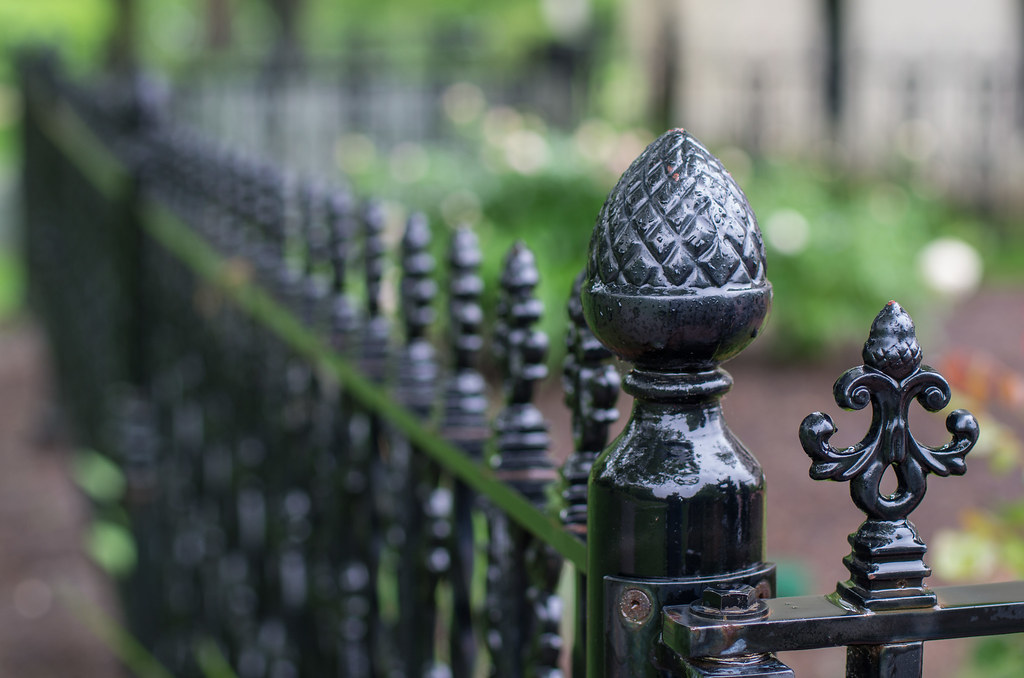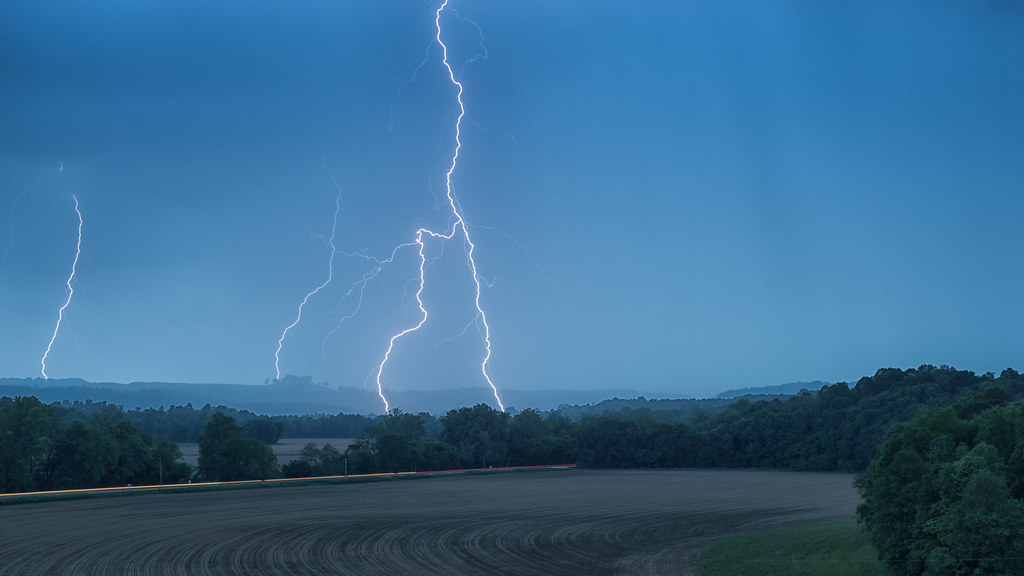 Originally posted by pofenloch
Originally posted by pofenloch 
Thanks in advance for your help. Sorry if this is a basic question. I keep reading and hearing that you should be taking pictures with a f stop around f 11 . This is where the lens is sharpest. Why buy a fast lens with a f 2.8 if you are going to shoot at an aperture at f 11? Thanks again .
Welcome to Pentax and to the forum. No need to apologize for any question you may have. There are a lot of experienced people responding here with very good information. You are probably getting a better education in this thread than you would in a week's worth of photography classes! I never attended one. When I started there was just film and there was no auto anything. You either had a camera with a fixed focus, or a more advanced model where you could select an aperture, manually focus the lens, and even select a shutter speed. With my first SLR I could do all of these things, and take light metering using the camera's built-in meter as a guide for exposure. On advice from a friend who had taken photography courses, I shot only slides at first. That was cheaper so I could waste more film, and as he said, results were more accurate for exposure- what you got is what you shot. This is still true today. This still has the least extraneous post-shot manipulation. The rest was learn by doing and by reading over the years.
You have not stated which equipment you are using. There have been many good posts here. I especially like the thoroughness and practicality shown in normhead's. Whatever you read about taking pictures mainly at around f/11 or at any other f/stop is nonsense, as I believe by now you've come to realize. A number of Pentax camera models have had a selectable program line called MTF, where the camera would recognize a particular Pentax lens mounted on it and automatically choose the apertures where the lens has been tested to be at its sharpest performance, as long as available light permits at that ISO setting. I don't know if the current models, some of which I own, still have this feature, because I have rarely used it.
If photographers have a fast f/2.8 zoom lens, they have it because sometimes, or often, they need f/2.8 for the advantages it affords. As to sharpness, when it comes to a very good lens, even when not at its sharpest aperture it is still pretty sharp. You can see by normhead's mushroom shot examples, that where the first shot was taken at the lens's better aperture and should exhibit much greater overall sharpness, instead, due to reduced depth-of-field, it does not. According to test-lab lens evaluations, the f/22 shot should look much worse. Instead, it looks sharper overall than the f/5.6 shot. In fact, the mushroom itself looks comparatively sharper in its entirety because it is entirely in focus. On the other hand, the f/5.6 shot in such a closeup defocusses the surroundings so the mushroom stands out more, if that is the photographer's intention. There are good reasons for choosing a particular aperture.
Going back to sharpness when using a zoom lens capable of f/2.8, there are times when without this capability you will be unable to attain good sharpness, even by using the lens's sharpest aperture. Shooting fast action in less than very bright lighting is a common example. You might need 1/500 sec shutter speed to freeze action or will otherwise wind up with soft images or even blurred ones. To get that shutter speed, you might need f/2.8 or otherwise go to an extremely high ISO, which would compromise quality in terms of sharpness, noise, etc.
But your shooting needs might very seldom include the particular properties a fast zoom lens can offer, so why spend the money for one and lug around the size and weight? There are very good zoom lenses available having just average aperture capabilities. That said, it is also a good idea to include a fast prime lens, some of which can be had at a reasonable cost, so you can explore the particular aspects that a large aperture can offer. That is the classic basic lens kit- a versatile zoom lens of good quality, plus a good, fast prime lens of mid focal length.


 Similar Threads
Similar Threads 














 Post #9 by normhead
Post #9 by normhead








